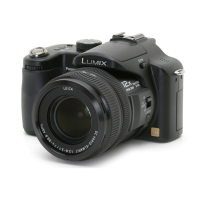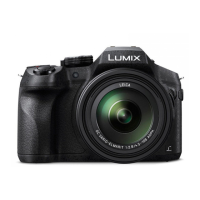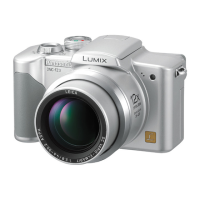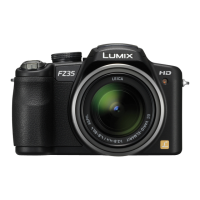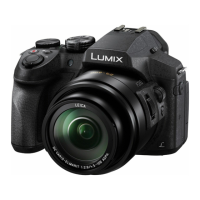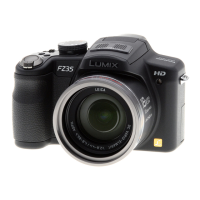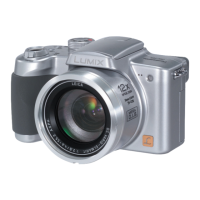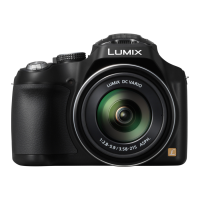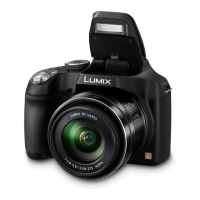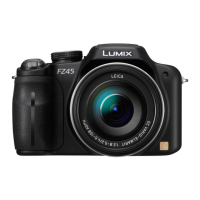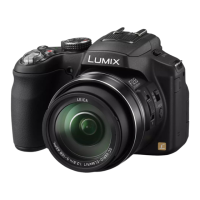Camera resolution – expressed in megapixels is the dimensions your
camera’s sensor is capable of capturing. This is not the only factor in
image quality, but generally the large the number, the larger prints you
can produce from it without loss of quality.
File format JPEG versus RAW – The FZ300/330 has the ability to shoot
both formats. If you choose JPG, the camera will shoot a RAW file,
process it using the Photo style you’ve selected in your menu, save it as
a JPG and discard the RAW version. If shot in RAW the resulting file
will be larger, carry more information (but the same pixel resolution,
see above) and require software to process. It gives you the
photographer more control over the final look of your image.
Lighting and Portrait Photography Terms
Ambient light – also referred to as available light, is the light that is
occurring in the scene without adding any flash or light modifiers. This
could be daylight, or artificial light such as tungsten or LED Lights.
Main light or key light: is the main light source for a photograph. It
could be the sun, a studio strobe, a flash, a reflector or something else.
But it is the source of light that is producing the pattern of light on the
subject with the most intensity.
Fill light: is the light source that is secondary to the mail light. It is used
to “fill” in the shadows to a desired degree. It can be produced by using
a flash, a reflector, or a studio strobe.
Lighting pattern: this is the way the light falls on the subject’s face. A
pattern of light and shadow that is created.
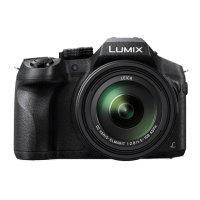
